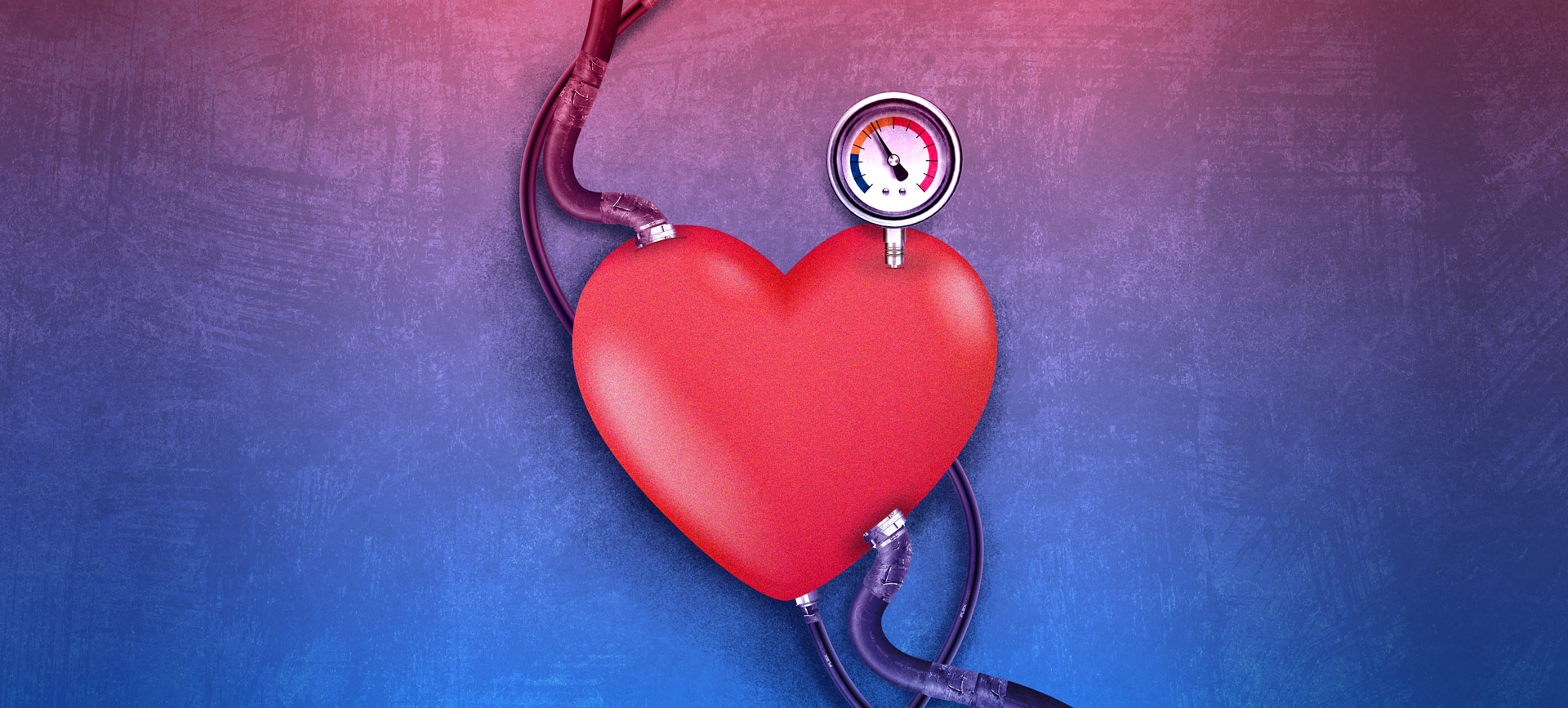Jean-Baptiste said high blood pressure (hypertension) means the force of blood against artery walls is consistently too high. In contrast, low blood pressure (hypotension) means it's consistently too low.
"Although the normal blood pressure range varies slightly from person to person, typically a blood pressure of 120/80 is considered normal," she advised.
There is no specific number where your daily blood pressure would be considered "too low," as long as you don't encounter adverse symptoms. But for some people, low blood pressure drops can cause symptoms such as:
- Blurred vision
- Clammy or pale skin
- Dehydration
- Dizziness
- Fainting
- Fast, shallow breathing
- Fatigue
- Lack of concentration
- Nausea
- Shock, in severe cases
The main concern healthcare providers look for when checking your blood pressure is a high reading. This can put extra strain on your heart and blood vessels, leading to several health problems if left untreated.
"High blood pressure is a major risk factor for cardiovascular disease," Lee said.
Blood pressure is generally considered high if the systolic pressure (top number) is consistently above 130 mmHg or the diastolic pressure (bottom number) is consistently above 80 mmHg. However, it's important to note that what is considered "normal" varies based on individual circumstances, and your healthcare provider can help determine what blood pressure range is best for you.
Many people with high blood pressure have no symptoms, which is why it's vital to check your blood pressure regularly. According to Million Hearts—an organization dedicated to averting 1 million preventable cardiovascular disease events in the next five years—about 1 in 2 adults in the United States has hypertension.
Symptoms for excessively high blood pressure include:
- Blurred vision
- Chest pain
- Dizziness
- Headaches that won't go away
- Nosebleeds
- Shortness of breath
Don't ignore symptoms of high blood pressure, as leaving it untreated can have severe consequences.










